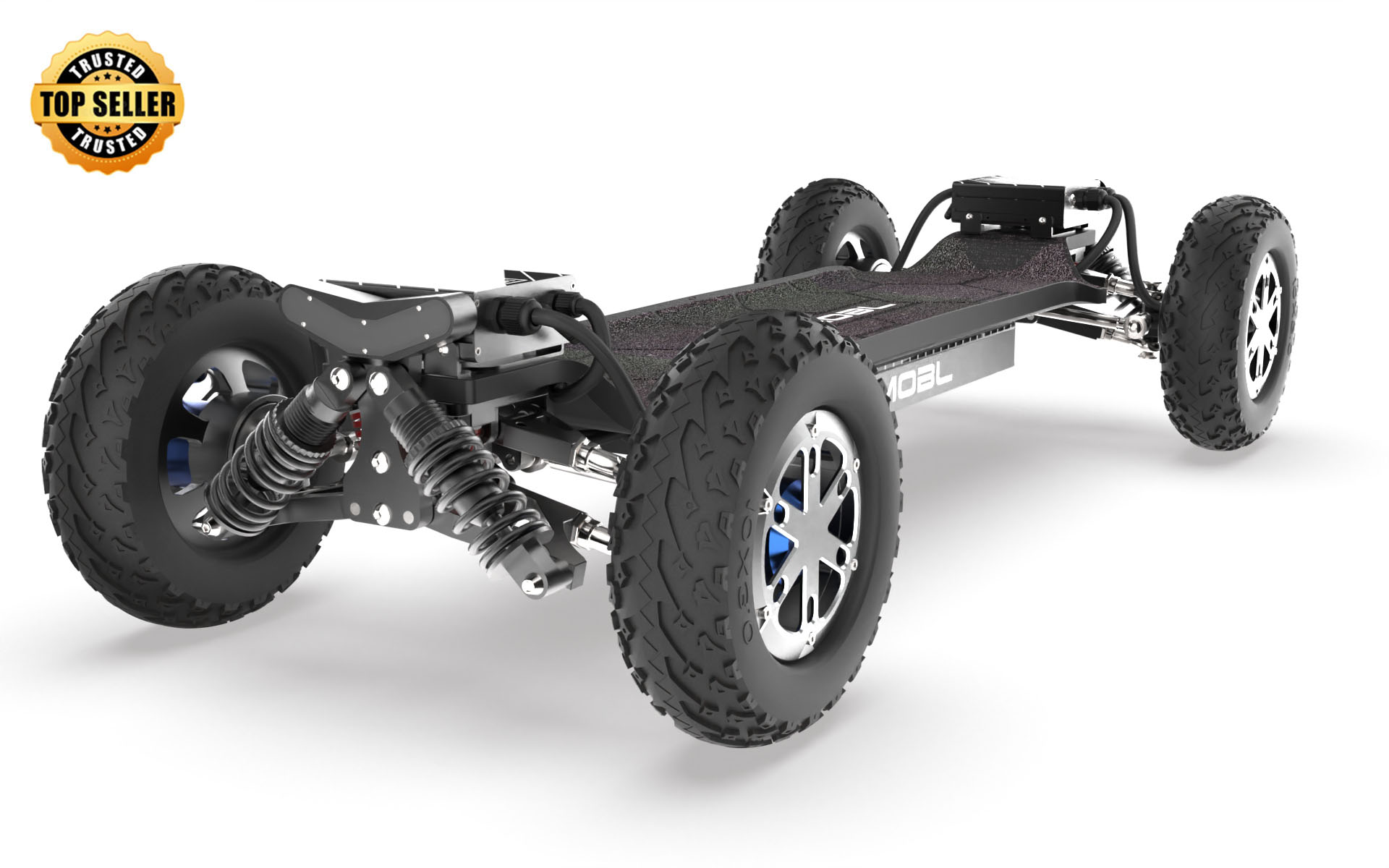Unleash the Thrill: Discover the Magic of Motorized Skateboards!
Motorized skateboards have been taking the world by storm, captivating adventure seekers and urban commuters alike. These innovative devices combine the thrill of traditional skateboarding with the convenience of electric propulsion, offering a unique riding experience that's hard to resist. Imagine gliding down city streets with the wind in your hair, or effortlessly navigating through crowded parks—all made possible by these cutting-edge skateboards. In this article, we will explore the essential features that distinguish motorized skateboards from their manual counterparts, the numerous benefits they offer, and a breakdown of how they work. Whether you're a seasoned skater or a curious newcomer, the world of motorized skateboards awaits you!

Understanding Motorized Skateboards
A motorized skateboard is an electric version of a traditional skateboard, equipped with a motor that propels the rider forward without the need for manual pushing. At its core, a motorized skateboard consists of several key components: the skateboard deck, which is the board itself; the motor, which provides the power; the battery, which stores energy; and the controls, typically in the form of a handheld remote or wireless device that allows the rider to accelerate, decelerate, and brake. Unlike traditional skateboards that rely solely on the rider's physical effort, motorized versions offer a seamless riding experience that can easily conquer hills and longer distances. This shift from manual propulsion to motorized assistance opens up a new realm of possibilities for both transport and recreation.
Features of Motorized Skateboards
Motorized skateboards come with a variety of features that enhance their appeal and functionality. One of the standout characteristics is speed—many models can reach speeds between 15 to 30 miles per hour, offering an exhilarating ride. Additionally, these skateboards are designed with varying weight capacities, accommodating different rider sizes and ensuring stability. Battery life is another crucial aspect; most motorized skateboards can travel between 10 to 20 miles on a single charge, making them suitable for commuting or leisurely rides. Safety features, such as LED lights for visibility and regenerative braking that recovers energy during deceleration, add layers of security and efficiency that traditional skateboards lack. Together, these features create a riding experience that is not only thrilling but also practical for everyday use.
Benefits of Riding Motorized Skateboards
The benefits of riding motorized skateboards are manifold. For many, they offer a convenient alternative for commuting, especially in urban areas where traffic congestion can be a daily hassle. With a motorized skateboard, riders can easily weave through traffic and arrive at their destination faster than by foot or traditional bike. Beyond commuting, these skateboards provide immense enjoyment for recreational use—friends often gather in parks to race or perform tricks, adding a social element to the experience. Furthermore, the eco-friendly nature of electric-powered boards is worth noting; they produce no emissions, making them a greener choice compared to cars or gas-powered vehicles. This combination of practicality, fun, and sustainability is what makes motorized skateboards increasingly popular among diverse groups of riders.
How Motorized Skateboards Work
The mechanics behind motorized skateboards are fascinating and involve several technologies working in harmony. At the heart of the skateboard is the electric motor, which is powered by a rechargeable battery. Riders control the speed and direction using a handheld remote or an integrated footpad sensor. When the rider pushes the throttle, the motor engages, propelling the skateboard forward. Additionally, many models feature regenerative braking systems that convert kinetic energy back into stored energy when braking, extending battery life and enhancing efficiency. The integration of wireless controls allows for smooth and responsive handling, while some advanced models even incorporate smartphone apps for tracking speed, distance, and battery status. Understanding these mechanics not only demystifies how motorized skateboards operate but also emphasizes the blend of technology and fun that defines this exciting mode of transport.
Final Thoughts on Motorized Skateboards
Motorized skateboards represent an exhilarating fusion of technology, practicality, and adventure. From their unique features to the numerous benefits they offer, it's clear that these devices are more than just a passing trend—they're transforming the way we think about transportation and recreation. Whether you're looking to commute efficiently, enjoy some outdoor fun with friends, or simply experience the thrill of gliding on an electric board, motorized skateboards provide an incredible opportunity. So why not take the plunge? Grab a motorized skateboard and unleash the thrill of riding for yourself—this captivating mode of transportation is waiting for you to explore!








